Trump, Google Maps and the names of places
The interconnected story of toponymy, the willingness to conform of Google Maps and the intentions of Donald Trump.
After his inauguration on 20 January, Donald Trump announced that he was going to change the name of the Gulf of Mexico to the Gulf of America1. This, as was only to be expected, has caused a great stir and a diplomatic crisis2 with its neighbour Mexico. A few days later, Google Maps said it would also change the name of the Gulf of Mexico to the Gulf of America, following the guidelines set by the new US government.
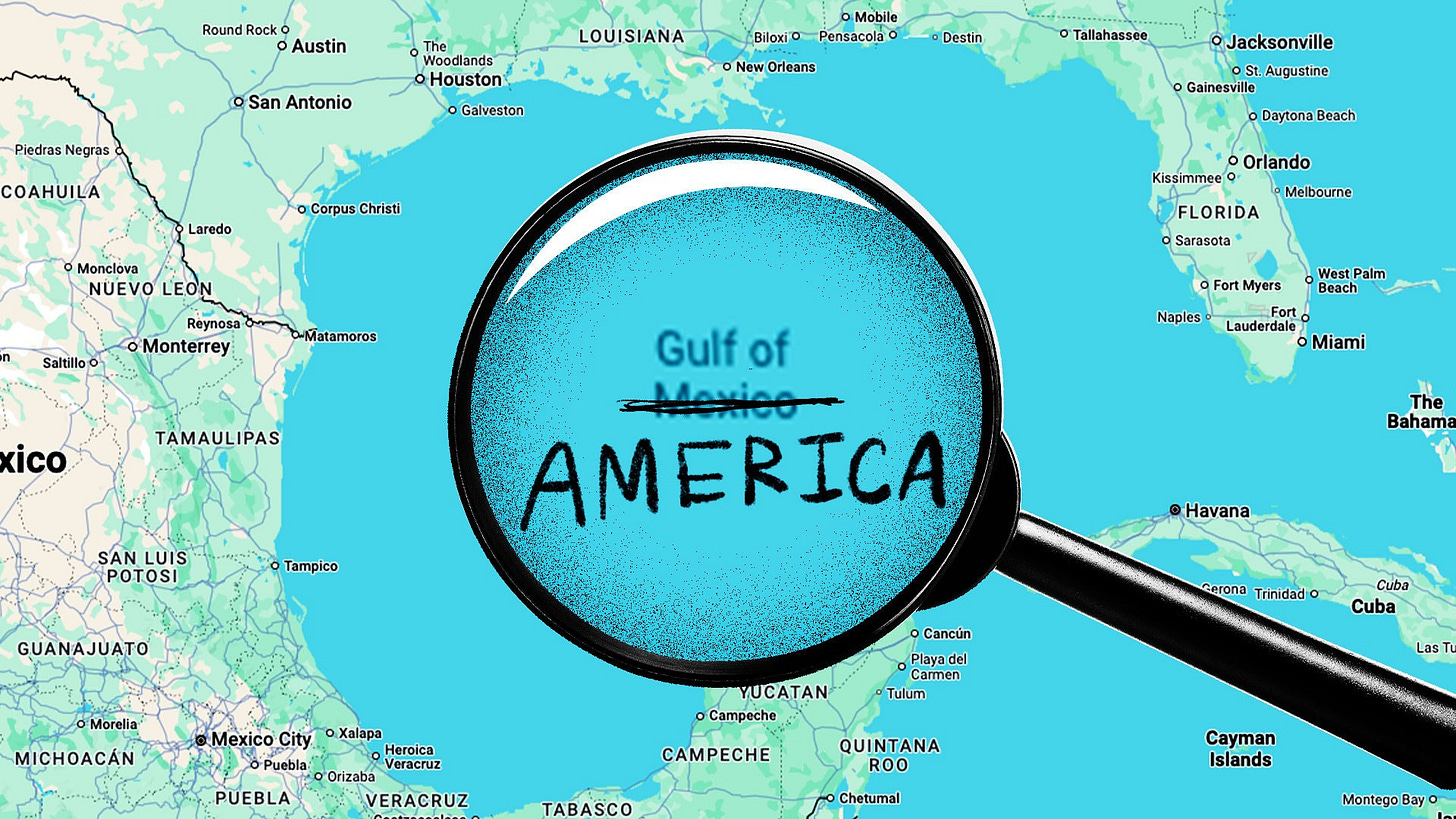
Before delving into the subject, I think it is essential to clarify exactly what has been signed and what the real implications are. Despite Trump's inflammatory statements, what has been signed is an executive order requiring the United States Board on Geographic Names (BGN) to change the official name of the Gulf of Mexico to the Gulf of America3. The BGN is the US organisation responsible for maintaining a consistent database of place names throughout the Federal Government of the United States, thus preventing different states or cities from using different names to refer to the same place.
And what does this mandate mean? Well, in principle, it only requires official US documents to refer to the Gulf of Mexico as the Gulf of America from 7 February4. In other words, this is only mandatory for internal administration. No private person or company has any obligation to adopt the new name5, so those who have acted and are not part of the administration will have done so voluntarily. Probably to preserve their interests, whatever they may be.
With the foundations laid, today I want to dive into the context of the whole issue, talking briefly about toponymy, the internal politics of Google Maps and Donald Trump's possible intentions.
Toponymy and the names of places
Humans have named the places they have inhabited for a long time. At the dawn of humanity, small societies lived in very limited environments, and their people used to give simple names to the geographical features that surrounded them. It was common for a mountain to be called the mountain in the local language, and for a valley to be called the valley. As the regions inhabited by societies grew larger, multiple similar geographical features became part of the regular environment and, therefore, increasing the need to differentiate between them. Rivers, for example, often took their name from the colour of the soil in their beds, although in most of the cases it was enough to differentiate the large from the small.
This simple idea is what has given us many of the names of geographical features that we have today. The Guadalquivir River in southern Spain takes its name from the Arabic al-wādi al-kabīr, which literally means ‘big river’. Something much simpler can be found in various places in Great Britain, where the Romans named several rivers Avon6. Simply because, when locals were asked for the name of the river, they all replied with the word for river in the many Celtic languages spoken on the island: abona.
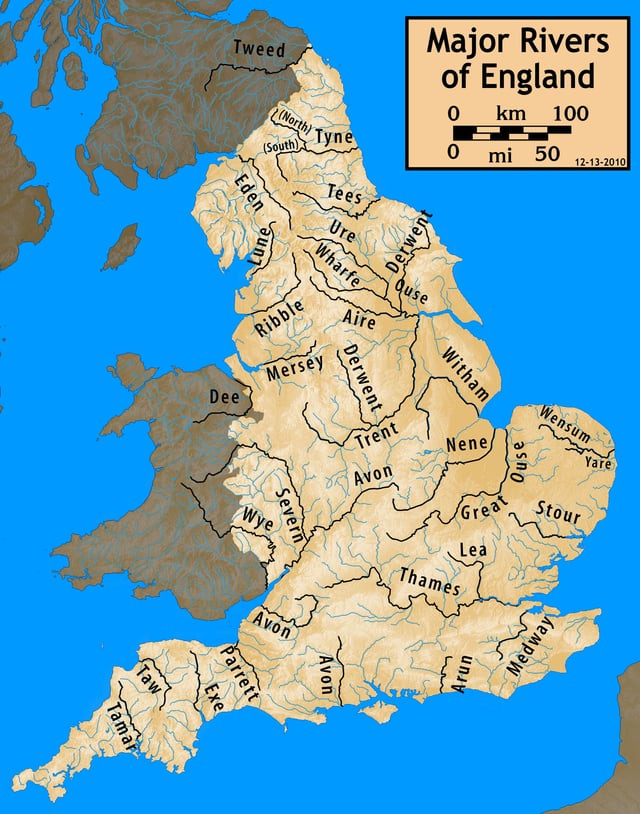
The societies that have inhabited the different regions of the planet have changed. Occasionally, it is simply that the language has evolved. In many other cases, some kind of demographic displacement has caused other peoples to inhabit the region for more or less prolonged periods. Therefore, it should come as no surprise that geographical features have constantly changed their names throughout history. Returning to the example of the Guadalquivir River, the first name we have written reference for is Tartessos. Later, the Romans took what possibly was another pre-Roman name, Baetis. With the arrival of the Arabs and the importance of Córdoba, the river was renamed Nahr Qurtuba. With political and linguistic changes, it would end up taking the name al-wādi al-kabīr that we have seen before, and that would finally evolve into Guadalquivir.
What is more interesting are not these temporary changes, but the fact that different societies that have inhabited a region concurrently, generally have not agreed on the names of each geographical feature. As is to be expected, each group has given a name that makes sense within its culture and language, making the name chosen by the people on the other side of the mountain totally irrelevant.
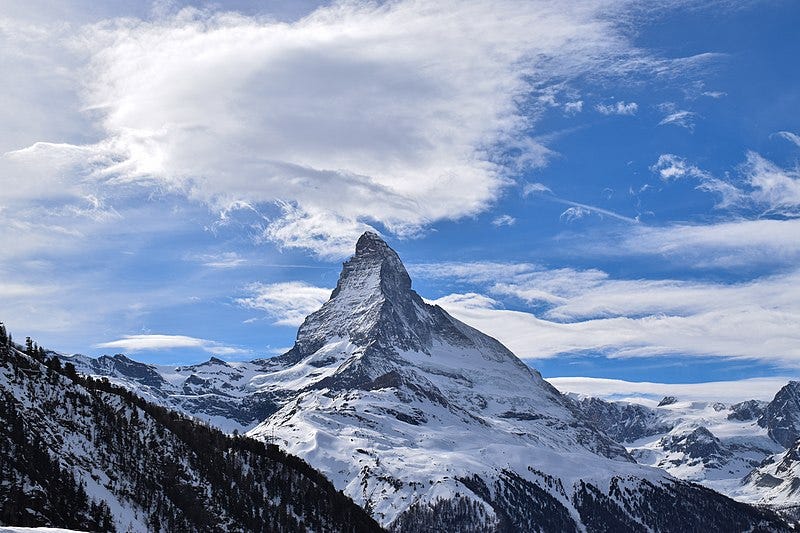
A classic example of a mountain with different names in each language can be found in the heart of Europe, in the Alps. The iconic Matterhorn has a different name in each of the languages used in the region: in German, Matterhorn; in French, Mont Cervin; in Italian, Cervino, and in Swiss German, Horu. This is a case that does not generate any controversy, given that in Switzerland these languages have coexisted peacefully for centuries. This linguistic diversity is understood, it is known how it affects toponymy, and it is respected. No further discussion.
Other more controversial examples are slightly different, such as the case of Mount Everest. In the mid-19th century, the British Empire was in the process of colonising the Indian subcontinent. As part of the process, a great deal of work had to be done to recognise the region and map it according to British standards. In general, the empire's policy was not particularly bad, as it sought to preserve local names wherever possible.
In 1849, when Andrew Waugh stood before the highest peak in the Himalayas, he encountered a particular problem. The great relevance of such a geographical feature, together with the cultural diversity of the regions that coexisted on both sides of the mountain range, resulted in numerous local names. Unable to give greater importance to one of all the possible options, Waugh took the middle road and named the mountain after his predecessor as Surveyor General of India, George Everest. An undeniably colonial decision, but one that more than a century and a half later still prevails worldwide over the two predominant local names: Sagarmāthā in Nepali and Qomolangma in Tibetan7.
The attitude of Google Maps
In a world with such a diverse range of place names, what is Google Maps' strategy for maintaining its leadership in the map business without upsetting anyone? Well, it's quite simple: please everyone independently, without committing to anyone at all.
Below you can see what the Matterhorn looks like if you go into Google Maps from Italy, Switzerland, and France.
The Matterhorn example is as friendly as possible, for the reasons already mentioned, but Google Maps has no apparent limits when it comes to pleasing all the potential users of its application. Beyond the use of local names for local users, Google Maps also modifies borders to align with the political views of users in each country around the world. A relatively recent example is that of the Crimean Peninsula, which appears as part of Ukraine, Russia or as disputed, depending on the country from which the website is accessed. But before this, it was already common practice in the territorial disputes between Pakistan, China and India, which appear as disputed on Google Maps in all countries except those three, where it always shows it in accordance with local claims.
With all this in mind, it should come as no surprise that Google announced on February 10th that it was already introducing changes to its website in order to align with the new name given by Trump. How it did so is detailed directly on its official blog, without even trying to hide its pleasing attitude.
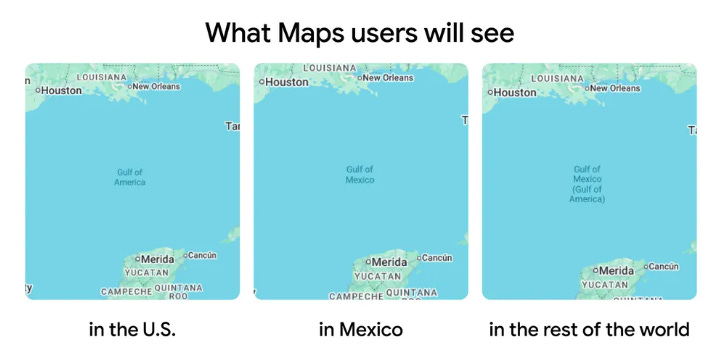
We must be clear that Google is a company and, as such, it needs its product to be accommodating to fulfil its ultimate goal: to make money. Perhaps we would like to live in a world in which large corporations were concerned with different cultures and languages, maintaining history and limiting the power of imperialist visions in the 21st century, but reality is what it is. Companies seek to maintain an image that allows them to continue earning at least as much money as they were earning before.
As a relevant point, I would also like to clarify that Google Maps is not the only organisation to have joined Trump's proposal. On February 17th, Encyclopædia Britannica8 published a modification to its article on the Gulf of Mexico. Not only did they intend to include Trump's decision to rename the gulf in America, but they also decided to change the title of the article to include the double name, Gulf of Mexico / Gulf of America. These companies are, for the moment, the least. Of course, it is to be expected that many more will decide to be accommodating in order to win the approval of the new President of the United States.
And what does Trump hope to achieve?
The change may seem superficial and lead nowhere, but I believe it is very well-thought-out. A large base of Trump voters are historical Republicans, possibly the most conservative part of US society. As such, they dream of their nation's greatness and are terrified that the country has declined lately. The change, as it is signed, is easy and simple to implement. With a single executive order and a change in the US geographic database, the Geographic Names Information System (GNIS), a portion of his voters can be satisfied.
With the great pressure that Trump and his team have been placing on many private companies in recent months, he was surely considering the possibility that some would step forward and join his proposal. This indirect pressure also makes it easier for the name change in the United States. Although initially only officially proposed for the administration, it will gain ground in other areas of society until it achieves a relevance that it would not have achieved by force.
Furthermore, I am convinced that Trump and his advisors were sure that this measure would generate a lot of noise in the early days. This has allowed him to process other measures of much greater importance for US society without them hardly forming part of the public discussion.
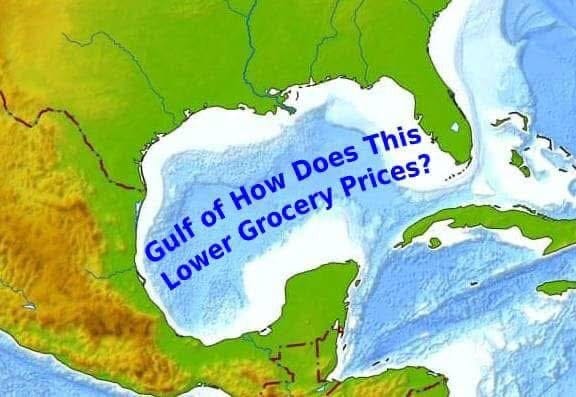
This illusion of nationalism, despite having been more relevant in the case of the Gulf of Mexico, has not been the only case. Among the measures announced by Trump on his first day was also the renaming of Mount Denali to its original name, Mount McKinley.
Denali was the name used by the native peoples of Alaska for the highest mountain in the United States, at least until the arrival of gold prospectors at the end of the 19th century. One of them, William Dickey, to win the favour of the future president William McKinley, decided to name the great peak that he had come across Mount McKinley. The fact that he was assassinated during his second term in office, as well as all his expansionist achievements during his first term, meant that the name of the great peak of Alaska was kept for several more decades.
In 1975, the state of Alaska tried to revert the name of the mountain to the one previously used by the native peoples, Denali. That name had remained popular in the region, and the senator took it to Congress to gain support from the rest of the nation. For 40 years, repeated proposals to change the official name were rejected by congressmen from McKinley's home state of Ohio, as they saw it as a way of downplaying one of the great US presidents. Finally, in 2015, during the Obama administration, more than 100 years later, the traditional name was returned to the Alaskan mountain.
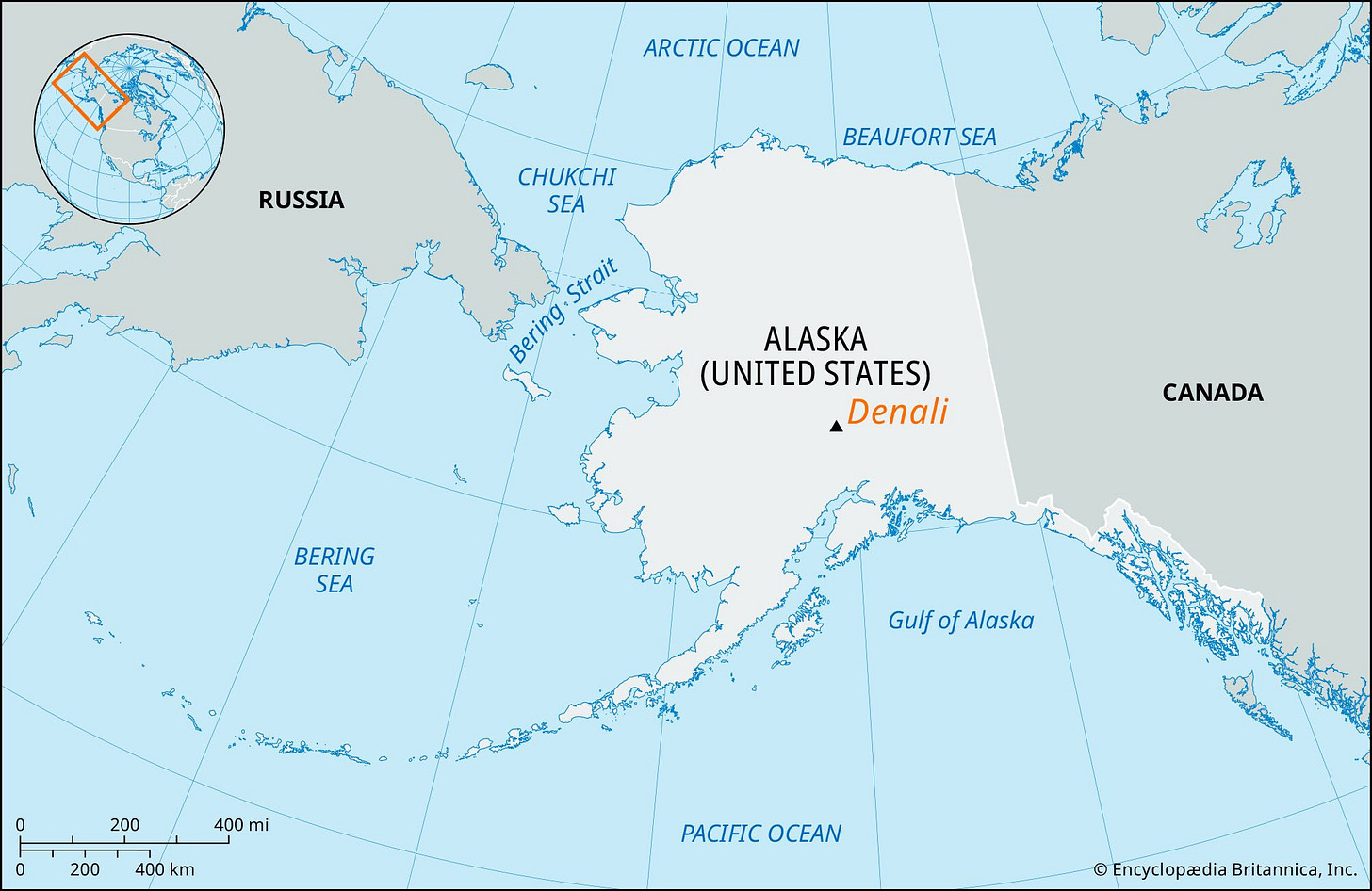
Why is Trump meddling in this now? Well, because, possibly, McKinley is the figure who best represents the nationalism that Trump is looking for over the next four years. McKinley was president between 1897 and 1901 and, during his time in office, he achieved the United States' last great territorial expansion. In 1898, the United States voted to annex the Republic of Hawaii, the same year in which the United States won the war against Spain, acquiring Cuba, Puerto Rico and the Philippines.
We cannot know what the next four years will bring, but Trump has already publicly stated his interest in expanding US territories. He has been vocal about controlling Greenland and the Panama Canal at any cost, as well as hinting that Canada could become the 51st State of the Union. The idea of the Gulf of America has been in the media and much discussed, but undoubtedly the real declaration of intent is the return of Mount McKinley.
Among many other things, almost all of them much more profound than this.
Another one, perhaps the least relevant of all.
Here is the executive order, in case you want to consult it.
The date on which the executive order in question was signed.
At least at the time of writing this article, 20th February 2025. I cannot be sure this will not change.
At least seven rivers in England and three in Scotland are named Avon.
The official name in China, Zhūmùlǎngmǎ Fēng, is derived from this Tibetan place name.
Most people will be familiar with the encyclopaedia, but it is the oldest that has been continuously updated, since 1768. The encyclopaedia has changed hands several times, and is currently owned by the Swiss magnate Jacqui Safra.





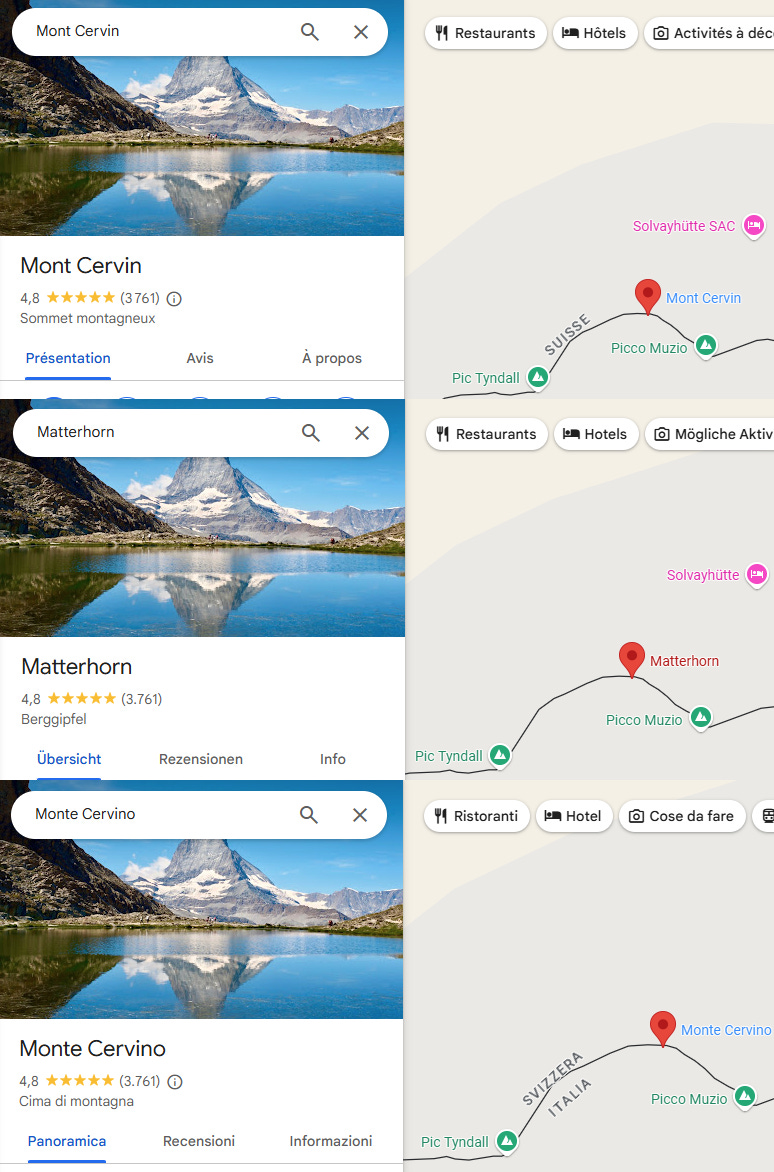
Factual, calm, cool and reasonable, educational. A very good read.
If I tried to write on this subject at the moment, the profanities and seething sarcasm would render my words unintelligible.
Very well presented - thumbs up!